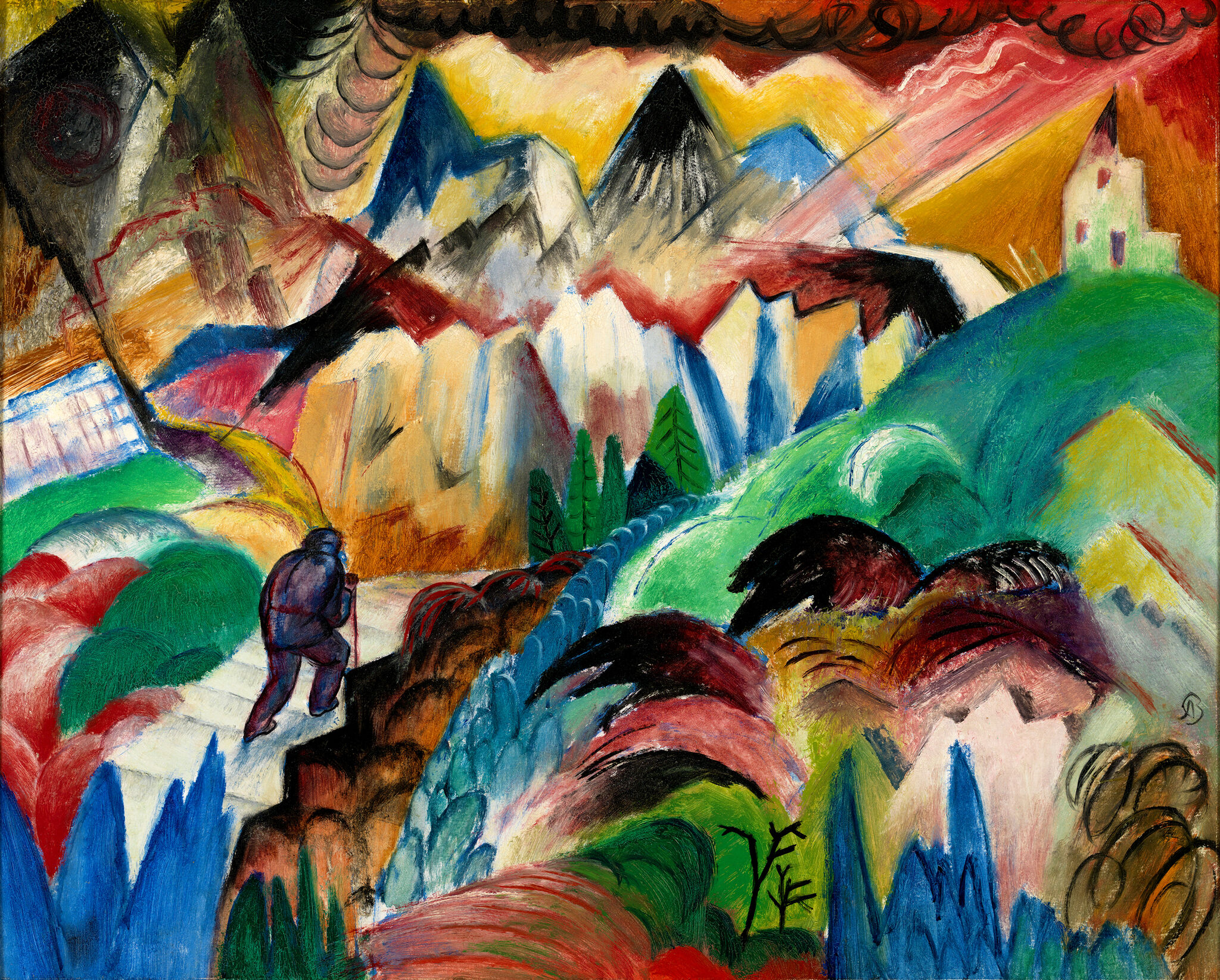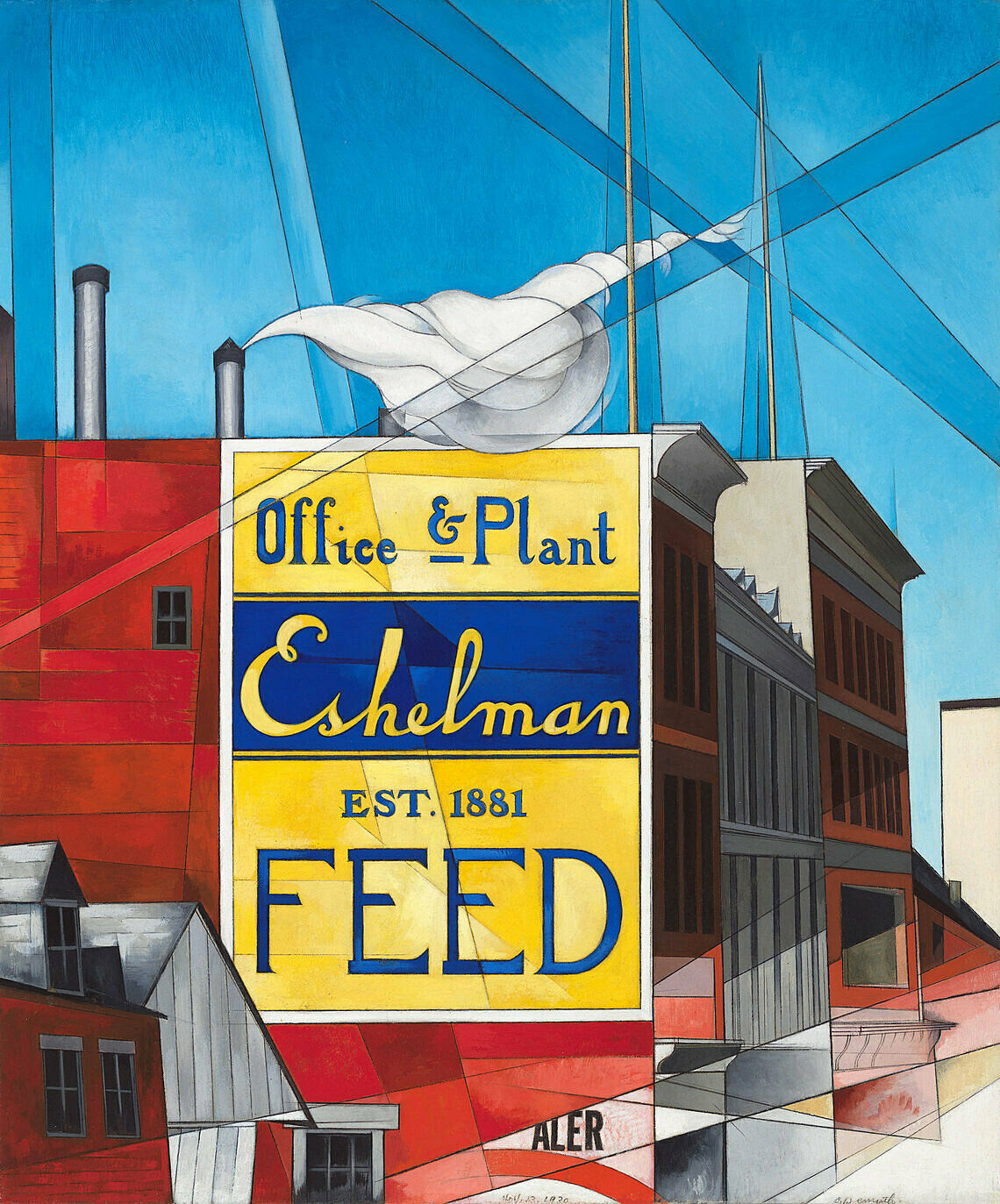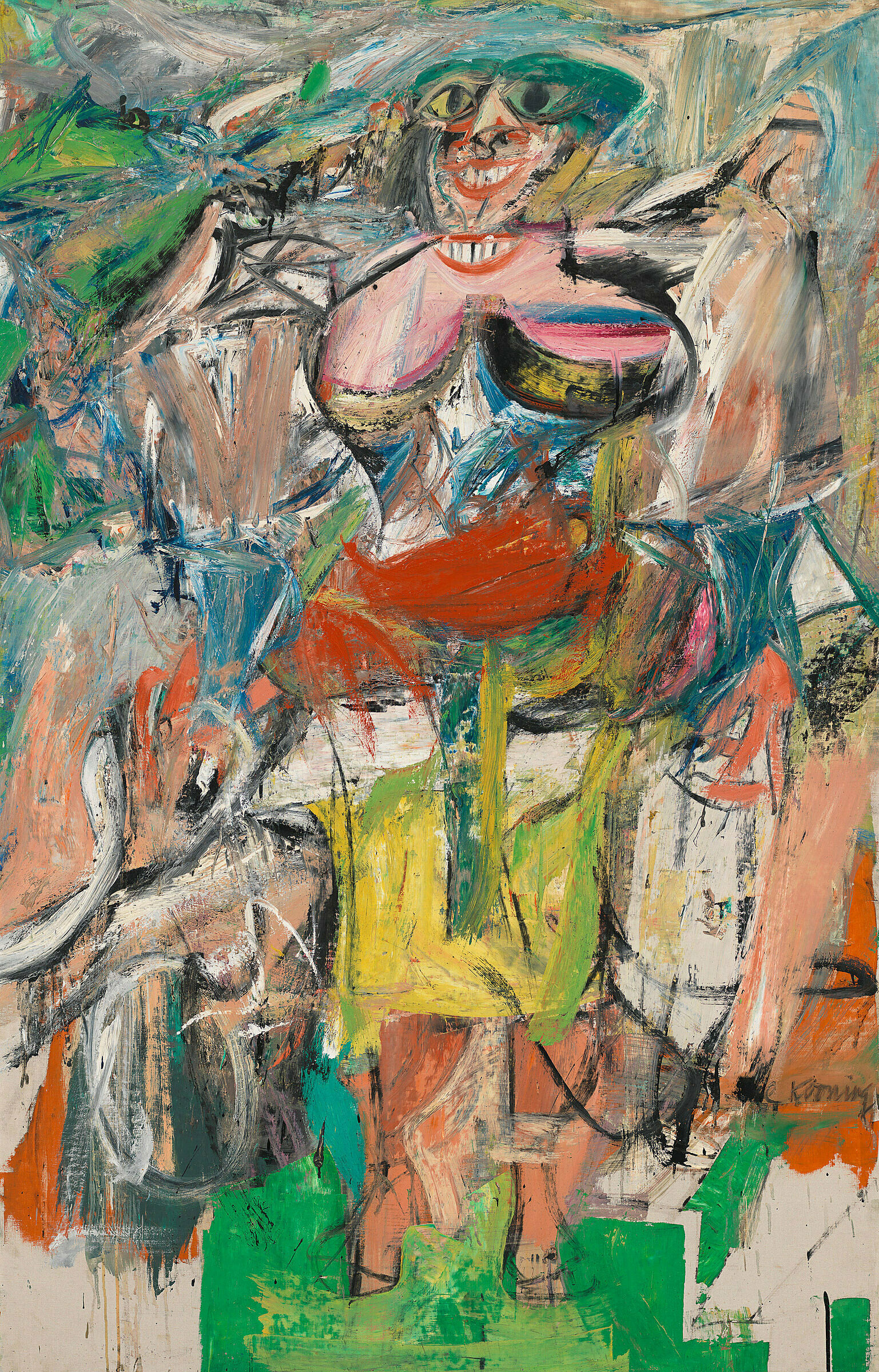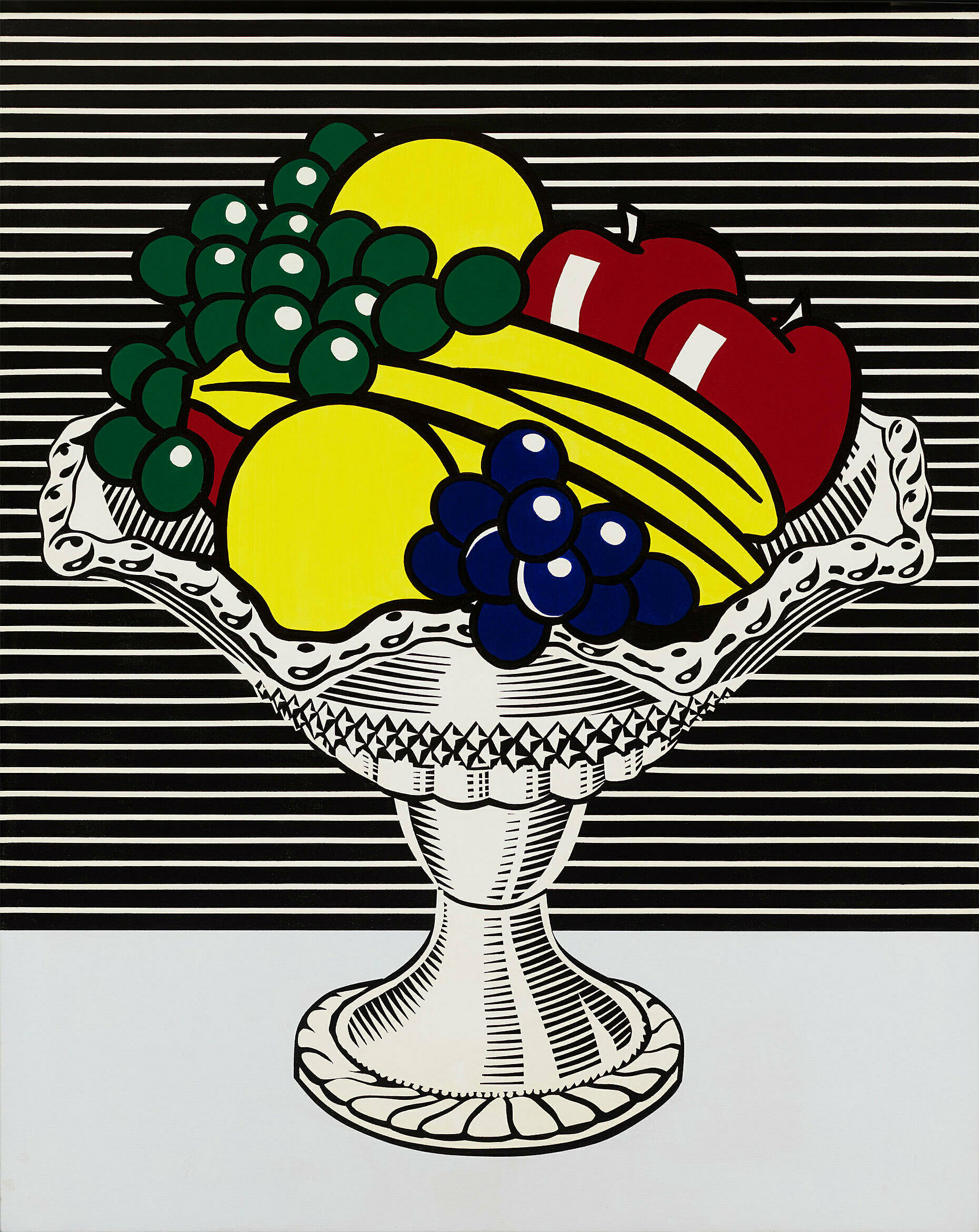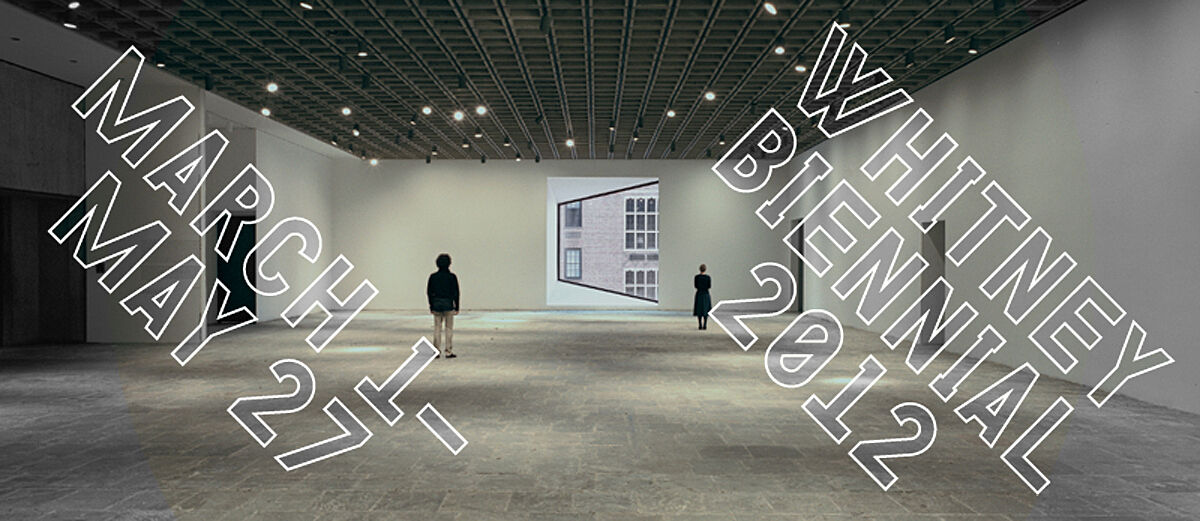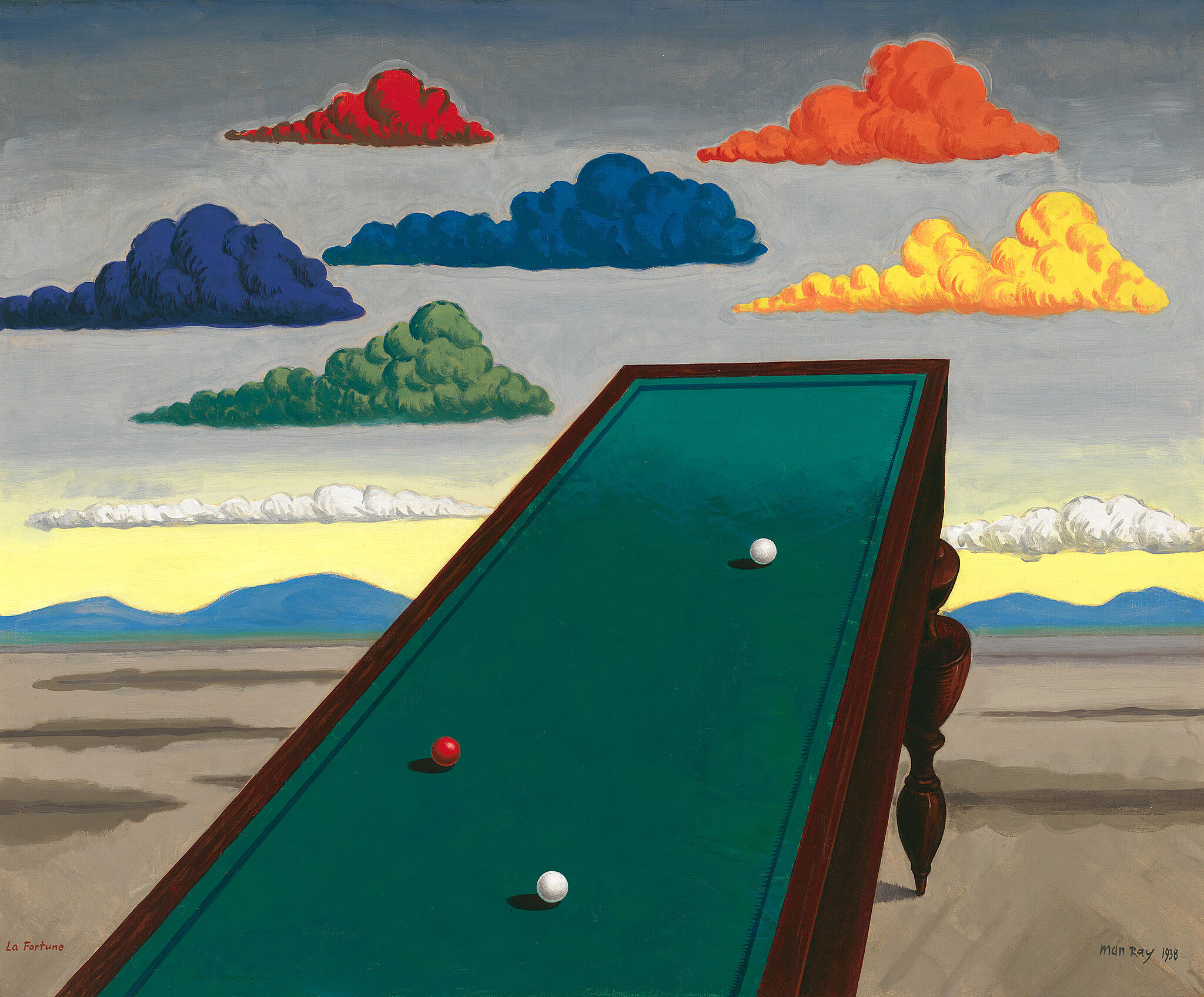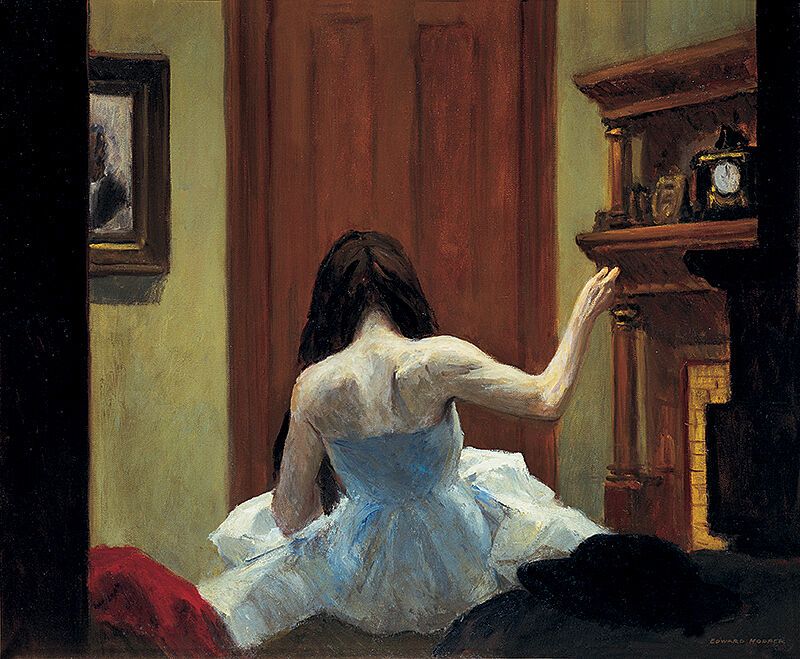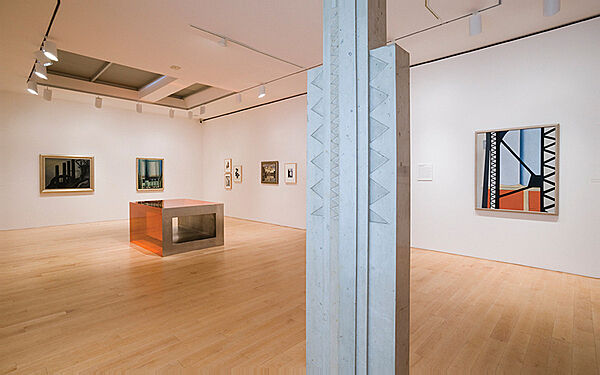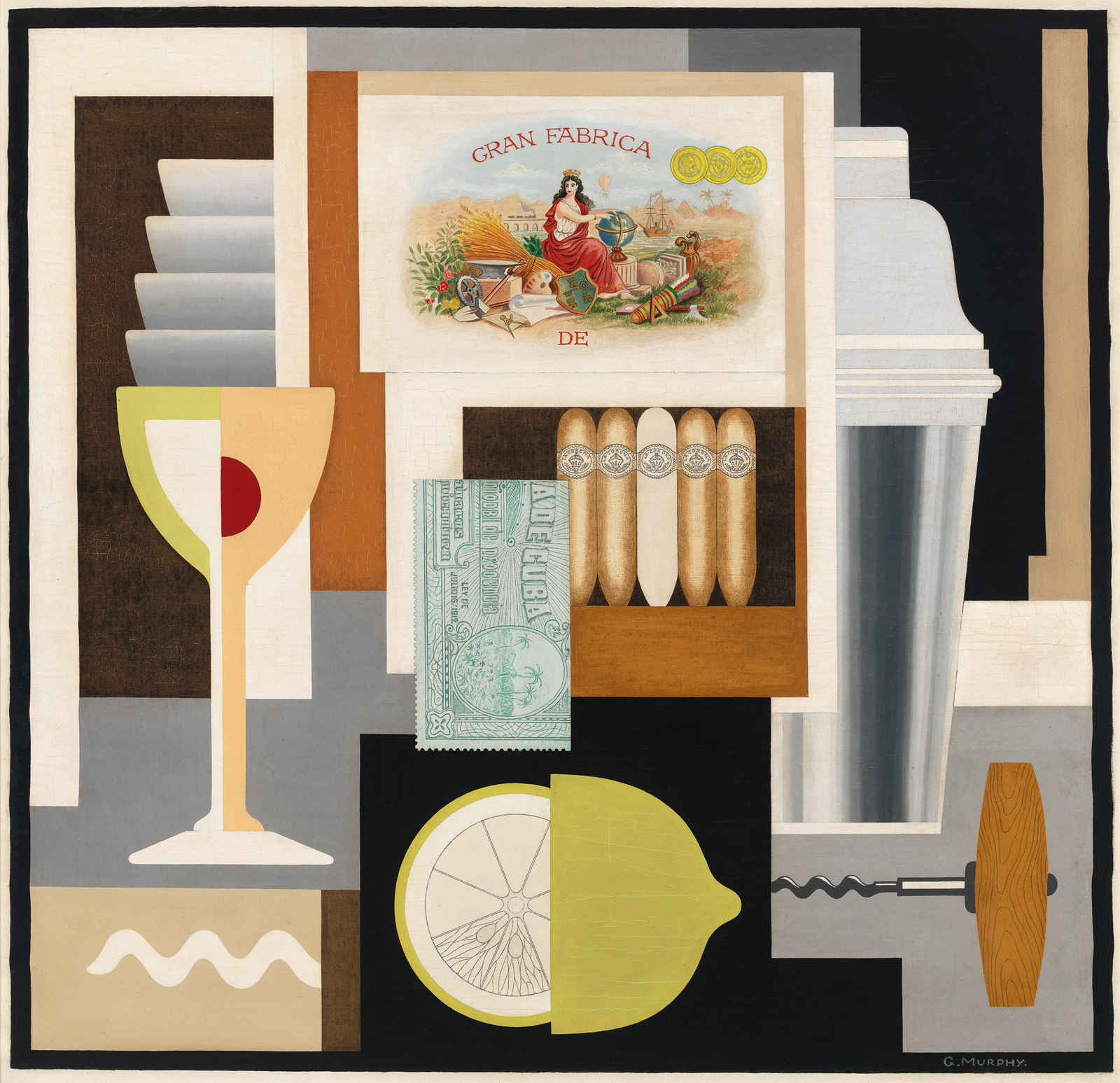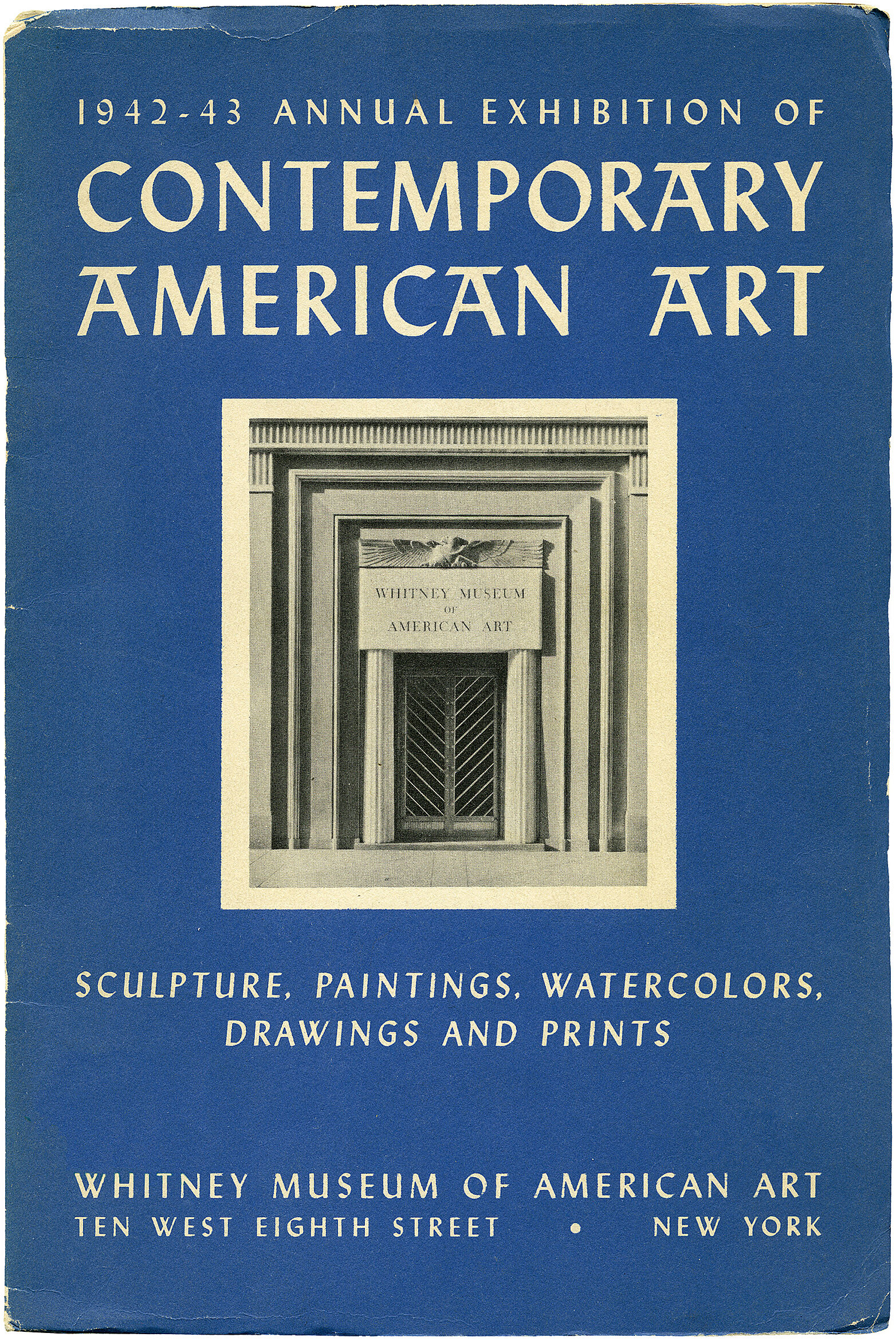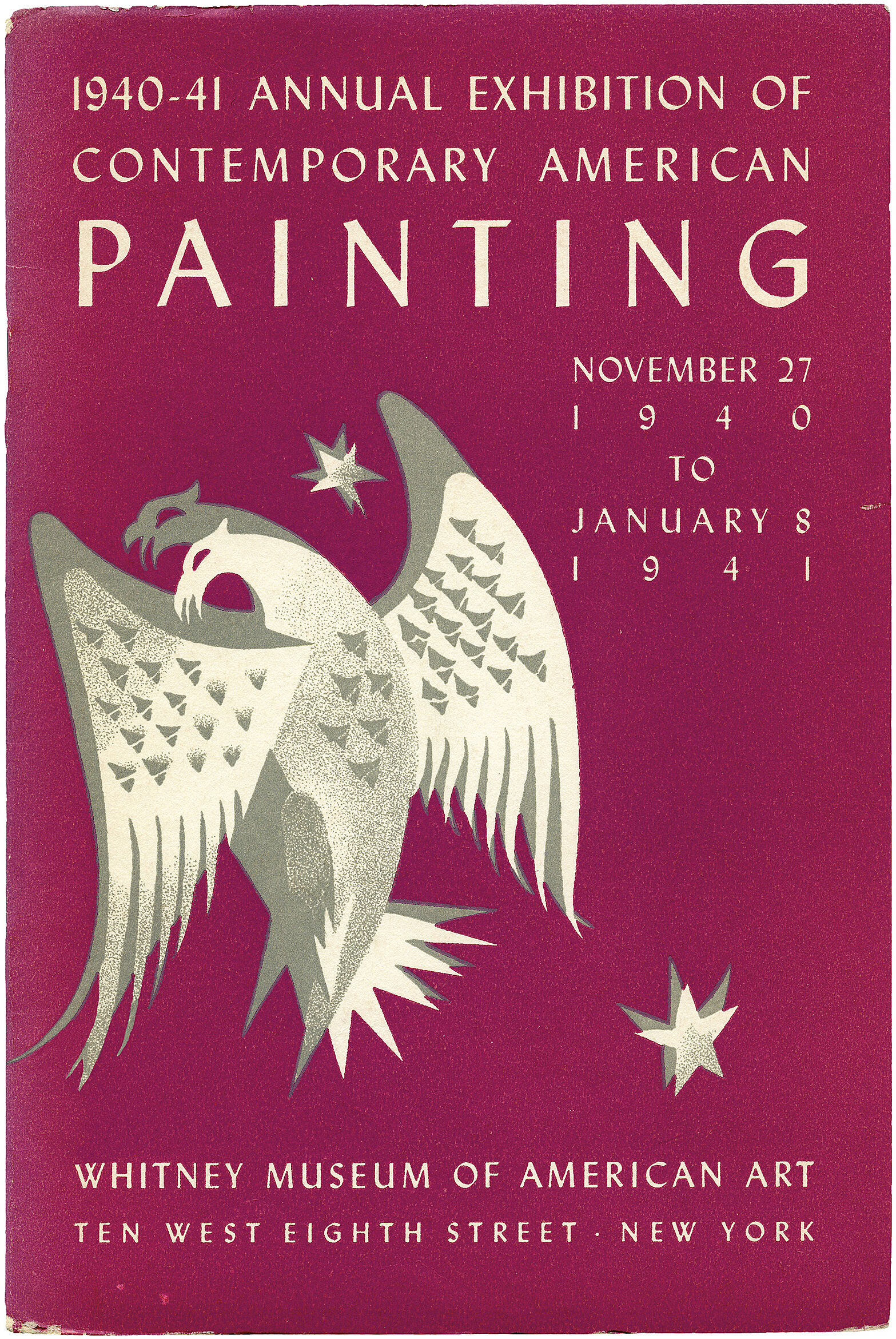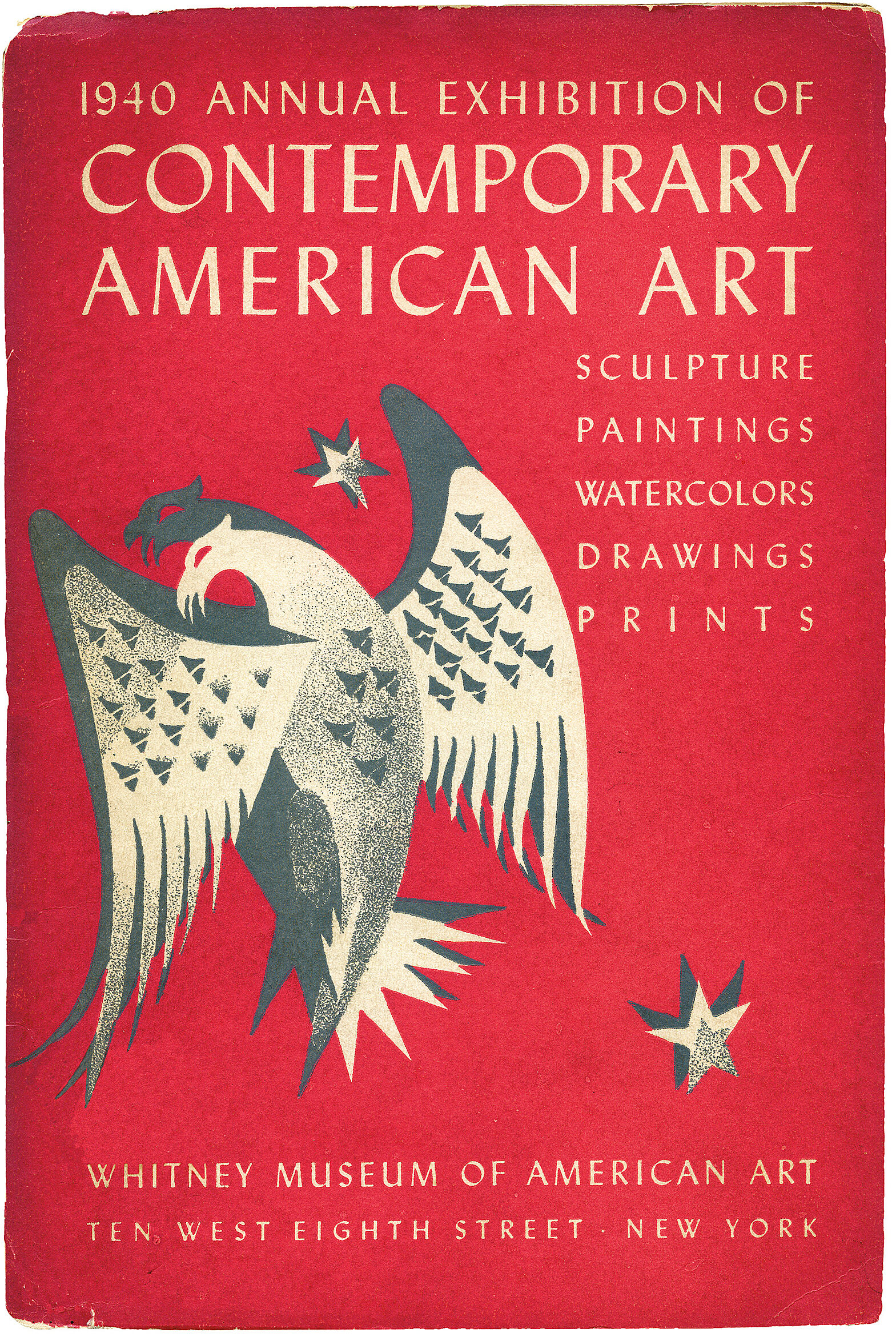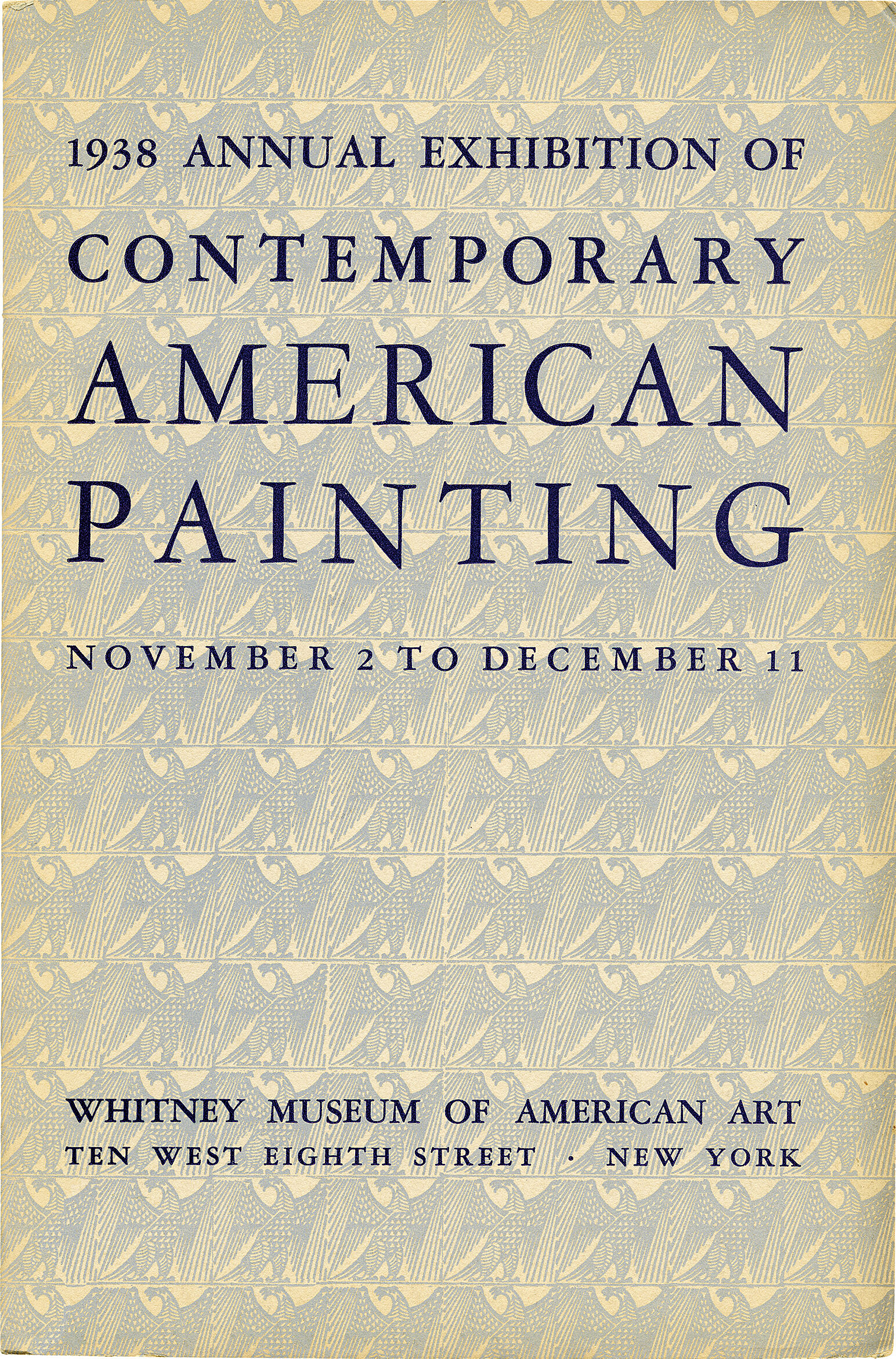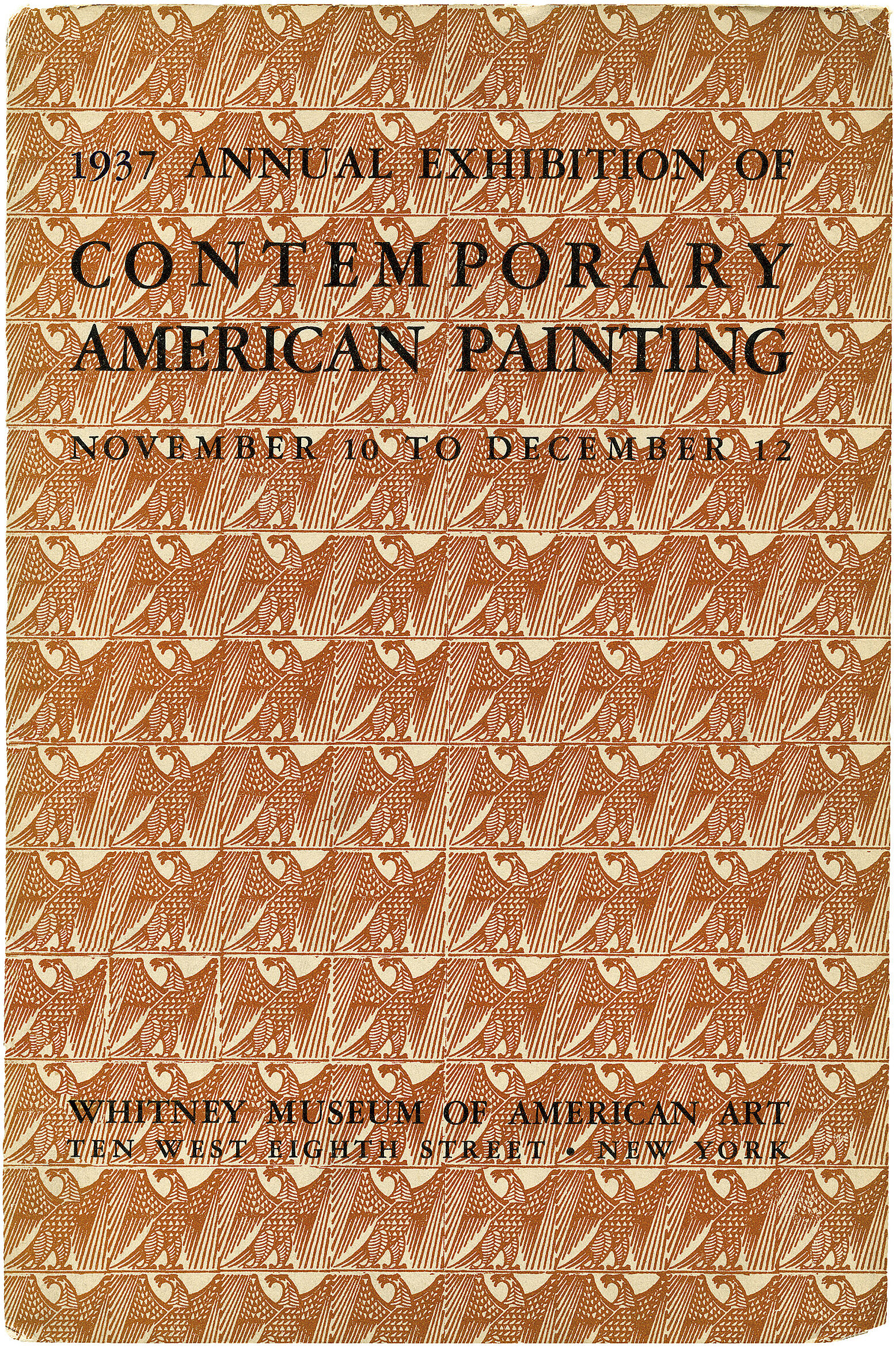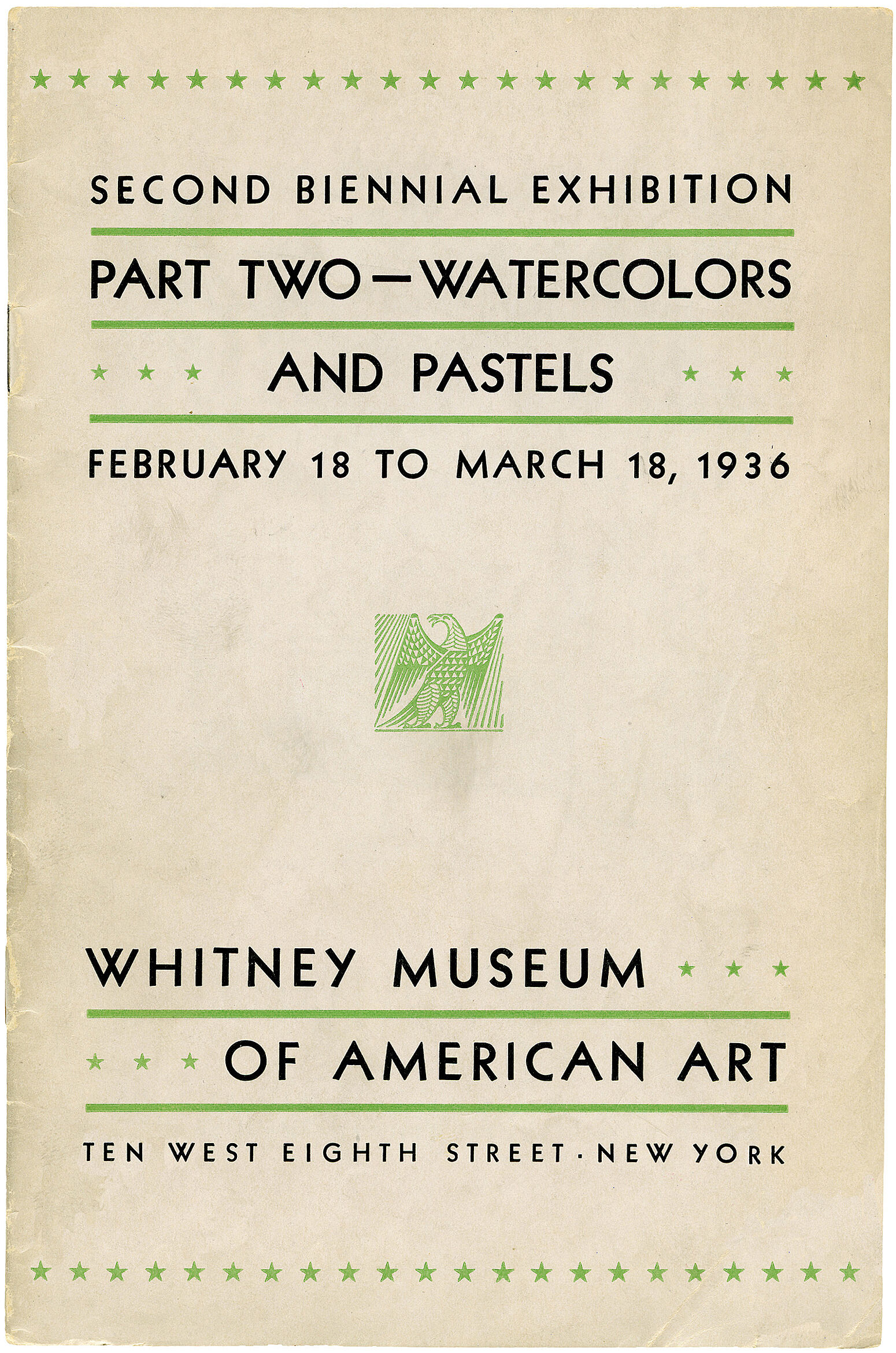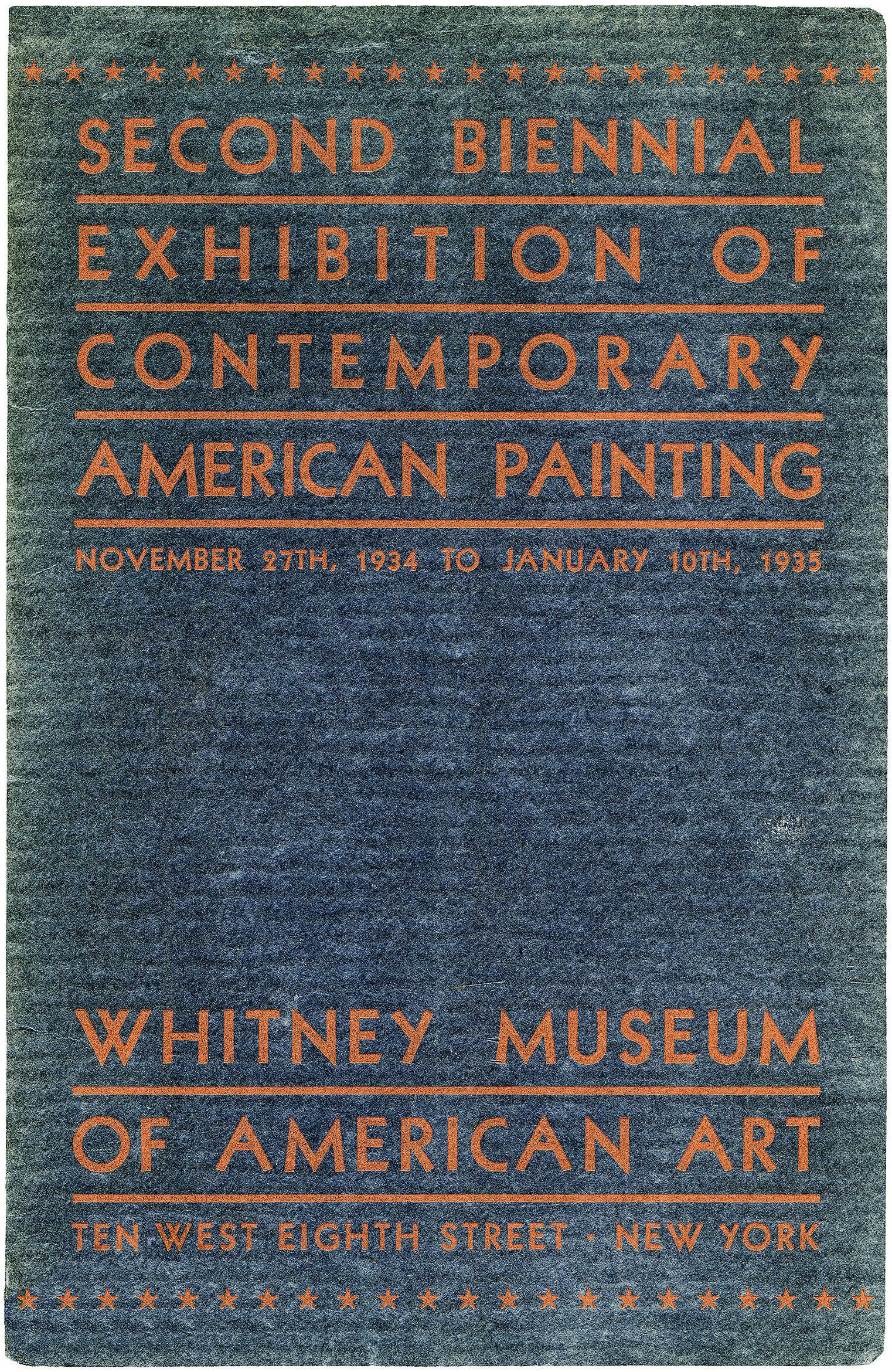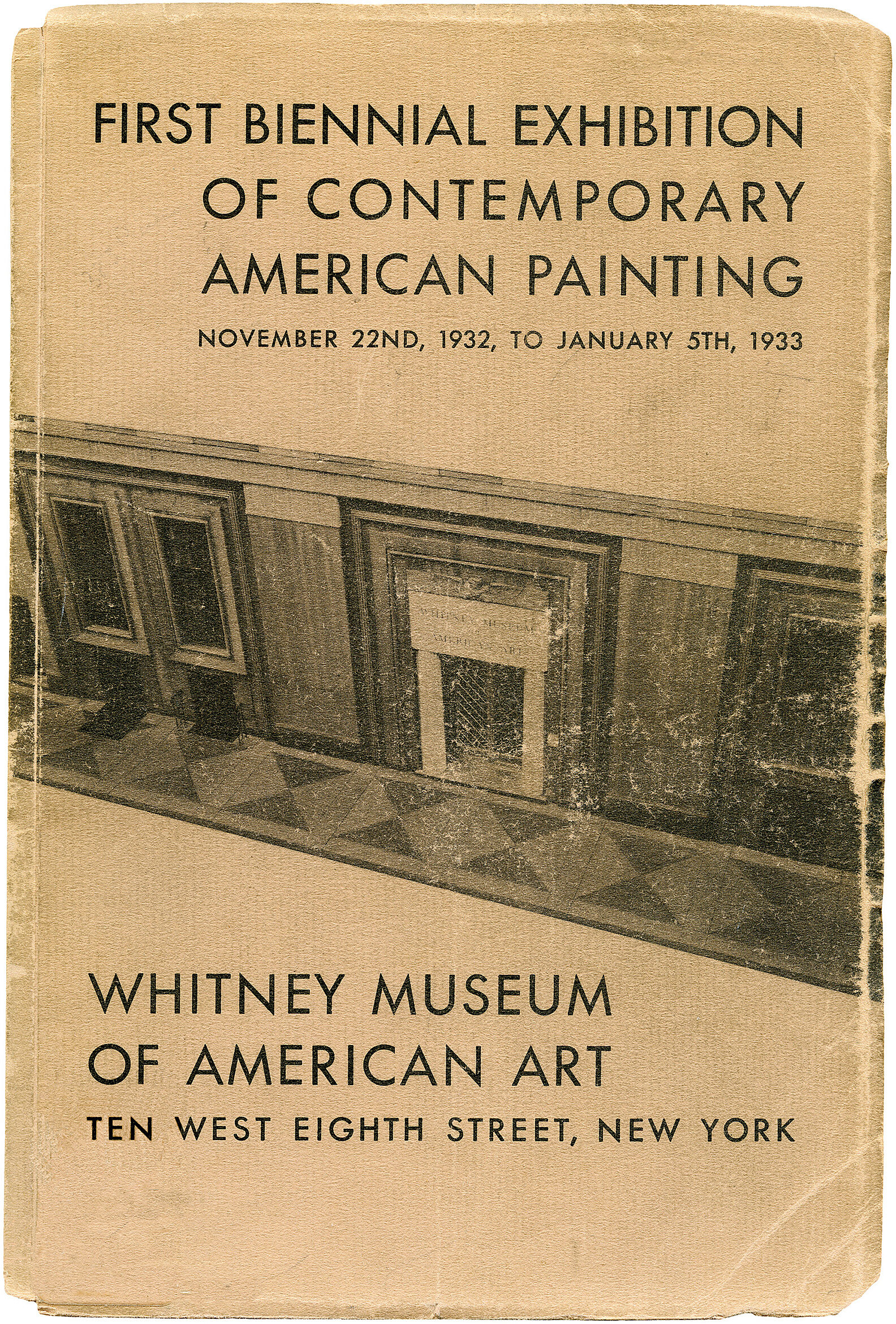Marsden Hartley
1877–1943
Among the most important practitioners of American Modernism in the first decades of the twentieth century, Marsden Hartley combined an understanding of advanced European practices with a deeply spiritual sense of the American landscape to create a daring and wide-ranging body of work in both abstract and realist styles. Trained first at the Cleveland School of Art and then in New York under William Merritt Chase and at the National Academy of Design, Hartley caught the attention of the photographer and gallerist Alfred Stieglitz with landscapes he had painted in his native Maine. The work earned him a solo exhibition in 1909 at Stieglitz’s famed 291 gallery, which also promoted the early modernists Charles Demuth, Arthur Dove, and John Marin.
Hartley first visited Europe in 1912, where he traveled to Paris and then Berlin, encountering French Cubist work and meeting German Blaue Reiter artists Wassily Kandinsky and Franz Marc. Enthralled by Berlin’s thronging crowds and military pageantry, and having also fallen in love with Karl von Freyburg, a handsome German Royal Guard officer, Hartley returned to the city in 1914 for an extended stay. Shortly after World War I broke out, von Freyburg was killed. Devastated by Freyburg’s death, Hartley created a series of abstract portraits of the officer that included overlapping images of German imperial flags, military emblems, and fragments of the Royal Guards’ uniforms. The paintings— known as the “War Motifs”—were shown in New York in 1916, at the height of anti- German sentiment prior to the American entry into the war, and were greeted with lukewarm indifference. Today they are revered as icons of American art, masterful fusions of Synthetic Cubist structure and German Expressionist color and brushwork.
Hartley spent the next fifteen years traveling throughout America and Europe. During this time he discovered Dogtown, a stark Ice Age moraine outside Gloucester, Massachusetts, with a craggy, archaic landscape that he captured in paintings such as The Old Bars, Dogtown. In Hartley’s words, “A sense of eeriness pervades all the place . . . [which] is forsaken and majestically lovely as if nature had at last found one spot where she can live for herself alone. . . . [A] cross between Easter Island and Stonehenge—essentially druidic in its appearance—it gives the feeling that an ancient race might turn up at any moment and renew an ageless rite there.”
In 1937 Hartley returned to his native Maine, where he used a vocabulary of simplified forms and deep, rich color to portray what he viewed as the state’s solemn grandeur and began to experiment with figuration in a series of iconic, frontal portraits. In Madawaska, Acadian Light-Heavy, Third Arrangement Hartley depicts a French-Canadian boxer he knew with a series of massive, sculptural shapes delineated by loose brushstrokes and rich areas of color. The final composition conveys a raw immediacy and the sensuous intensity of male desire.
Introduction
Marsden Hartley (January 4, 1877 – September 2, 1943) was an American Modernist painter, poet, and essayist. Hartley developed his painting abilities by observing Cubist artists in Paris and Berlin.
Wikidata identifier
Q553259
Information from Wikipedia, made available under the Creative Commons Attribution-ShareAlike License . Accessed November 27, 2025.
Introduction
Comment on works: Abstract
Roles
Artist, painter, pastelist, poet, writer
ULAN identifier
500012910
Names
Marsden Hartley, Hartley, Edmund Hartley
Information from the Getty Research Institute's Union List of Artist Names ® (ULAN), made available under the ODC Attribution License. Accessed November 27, 2025.

